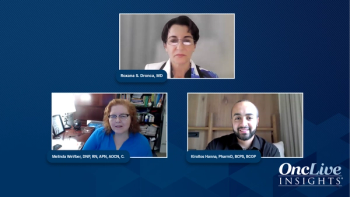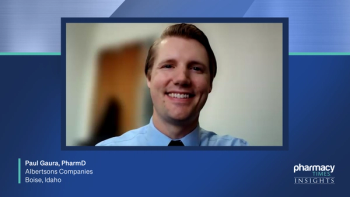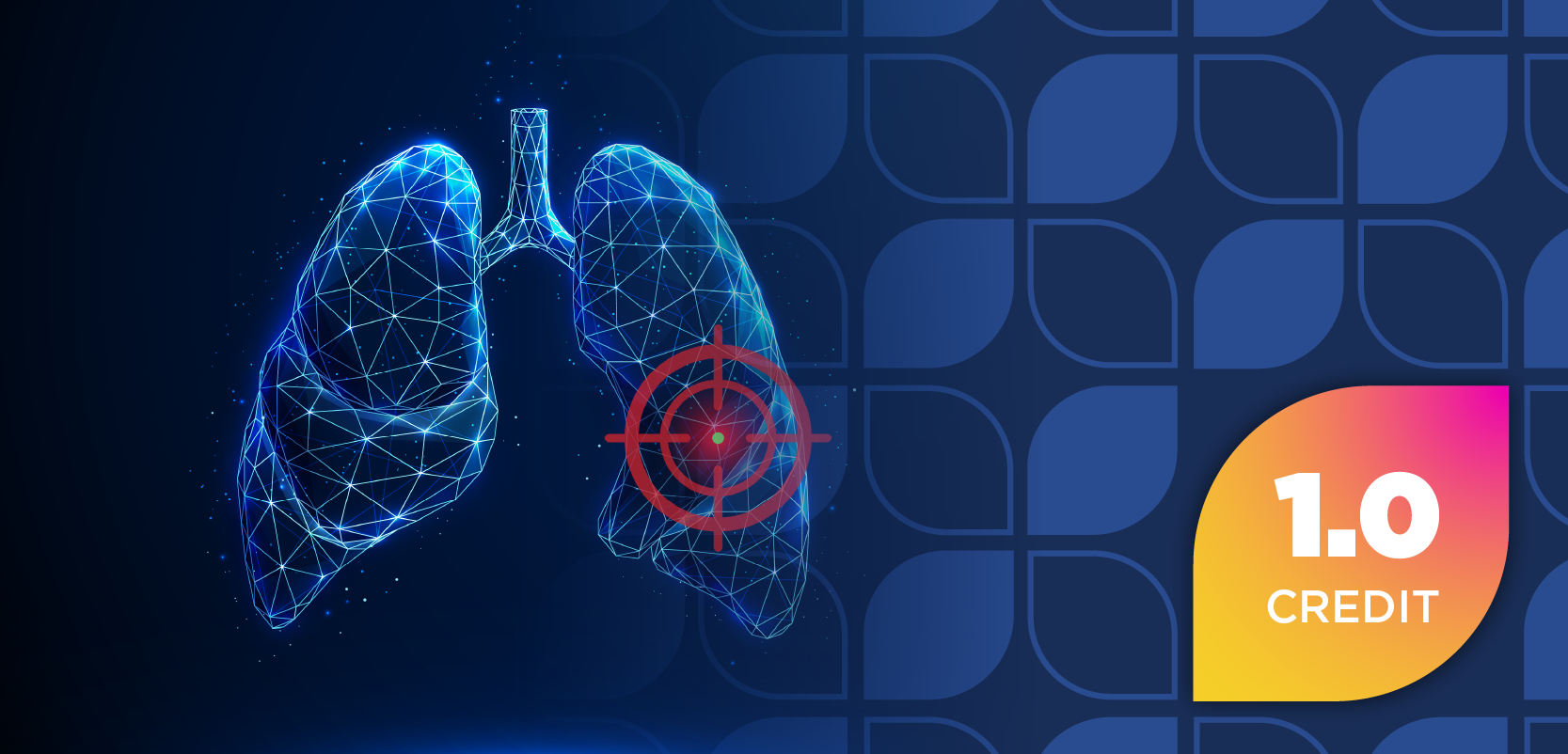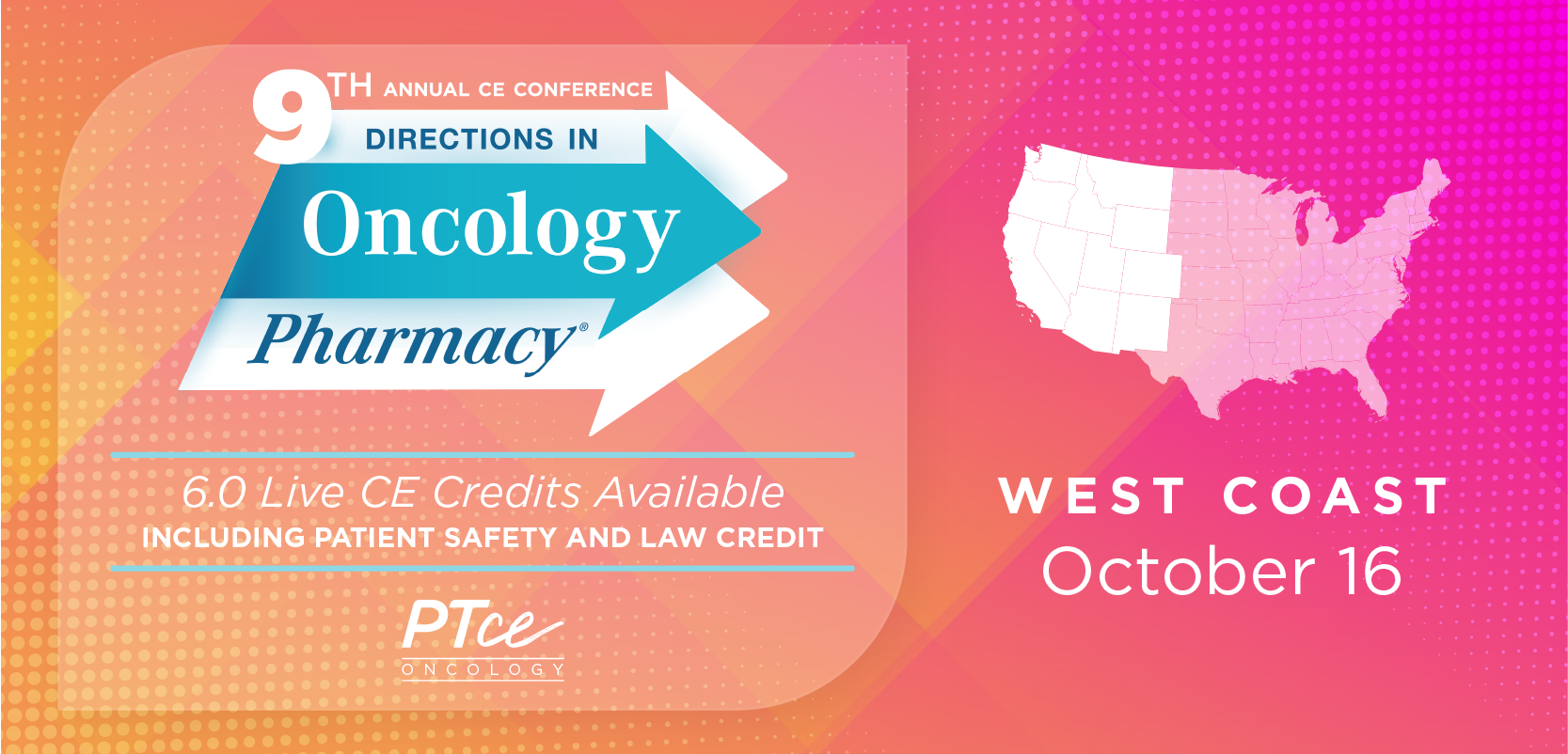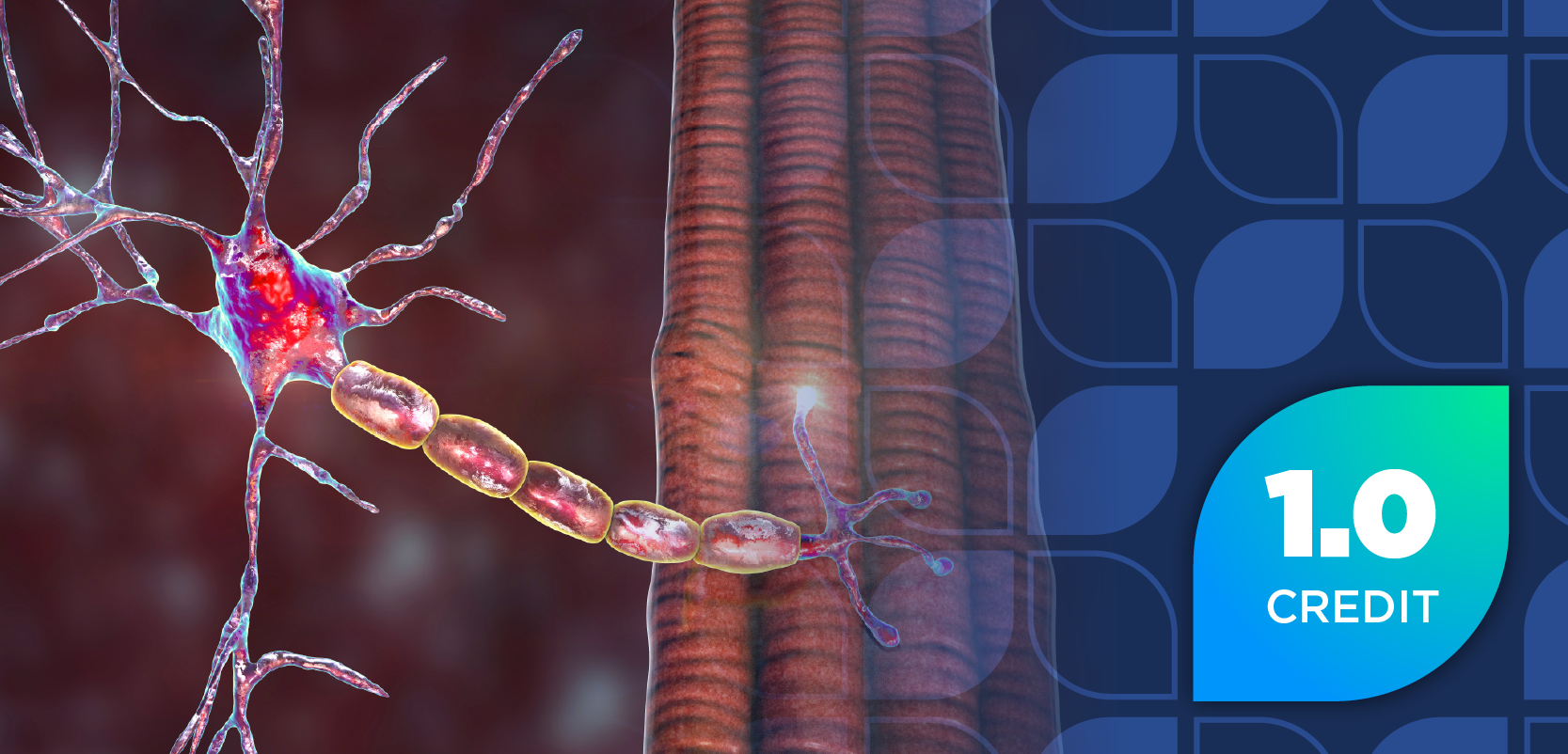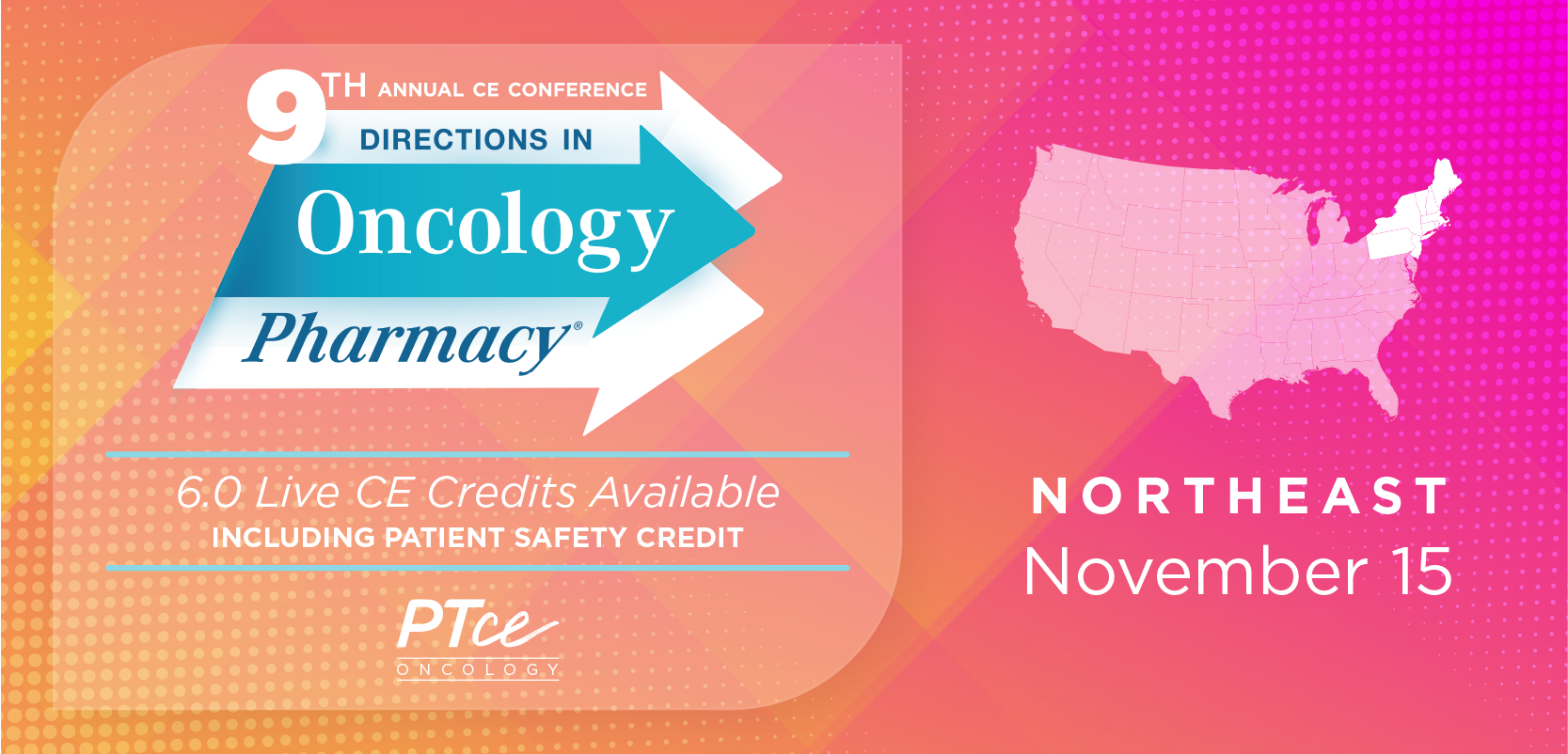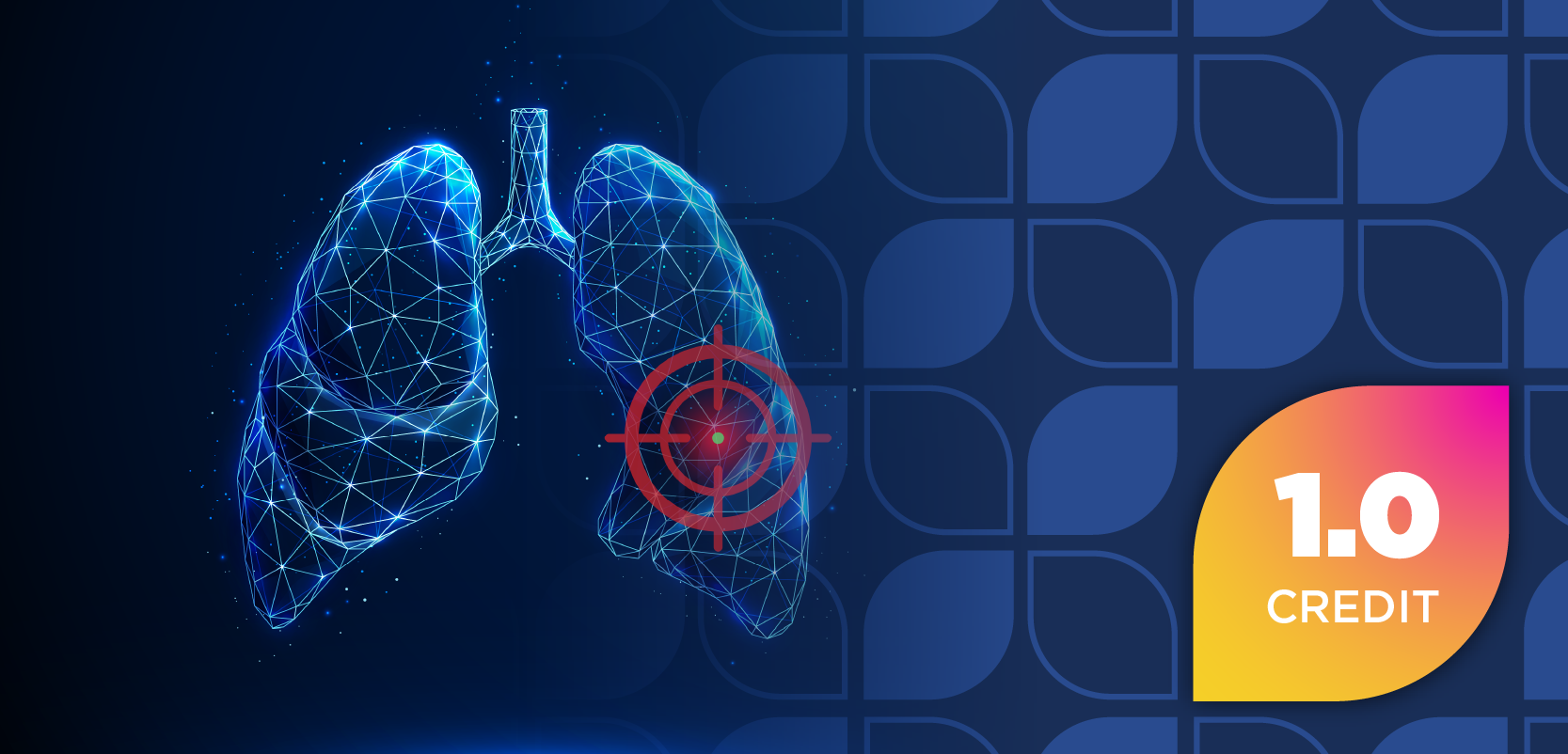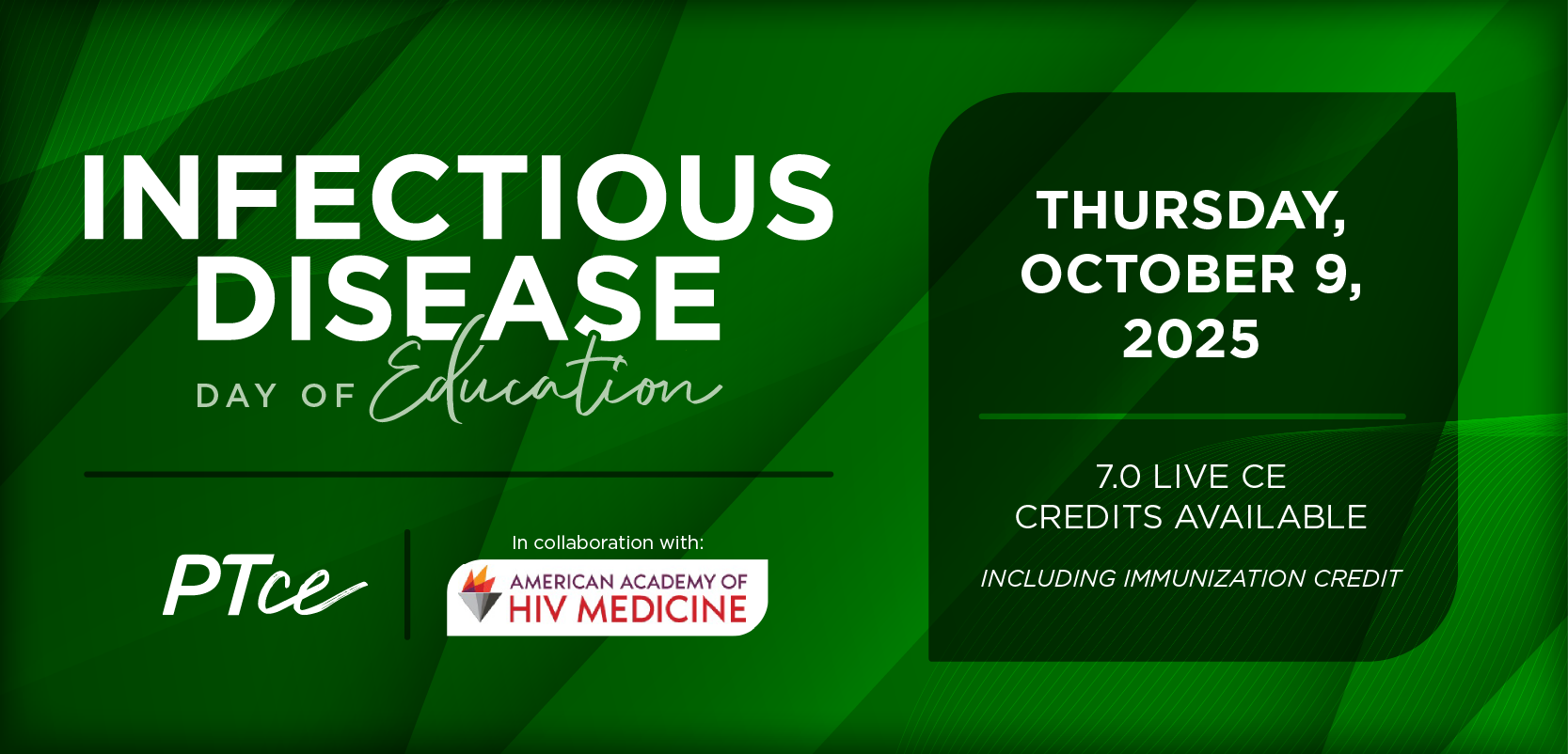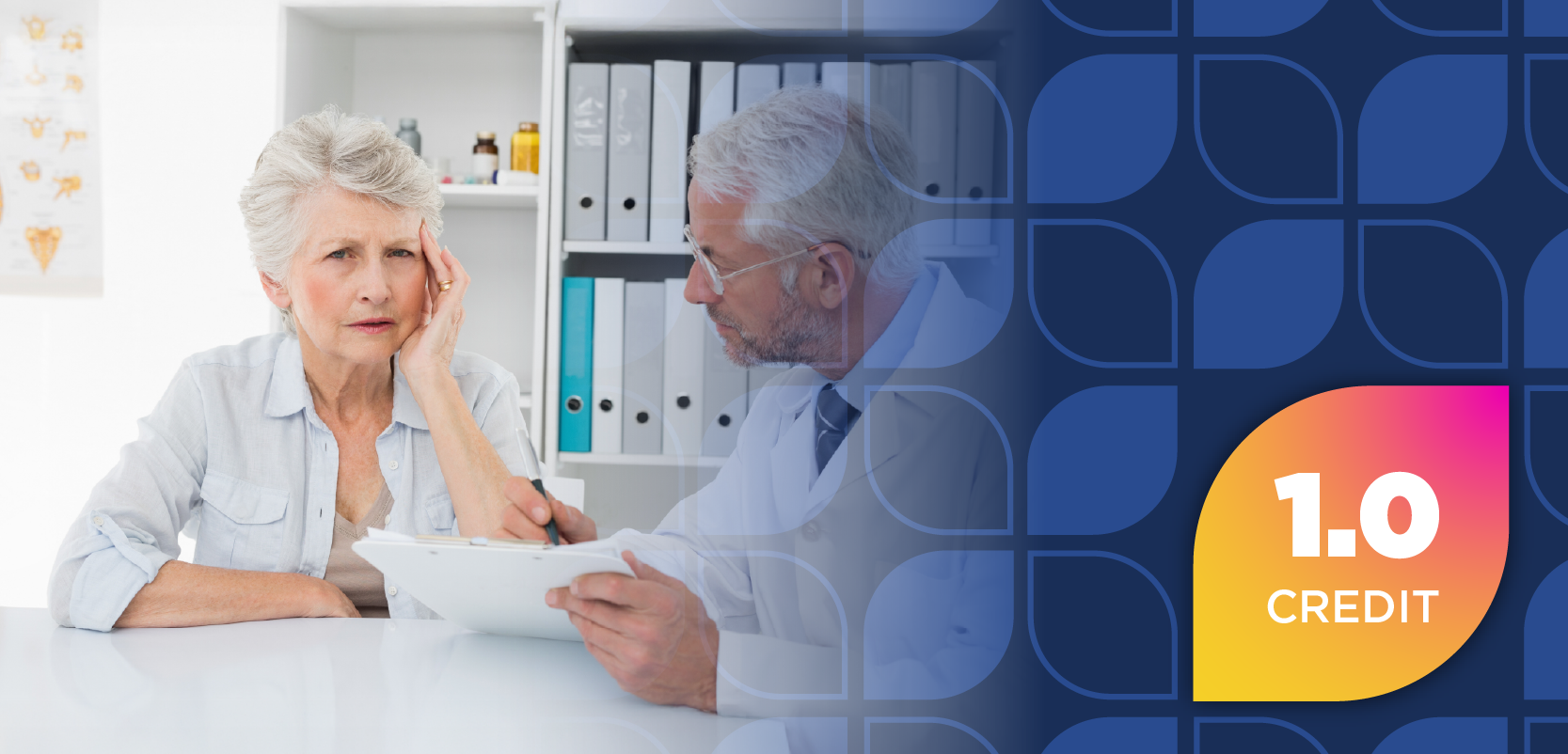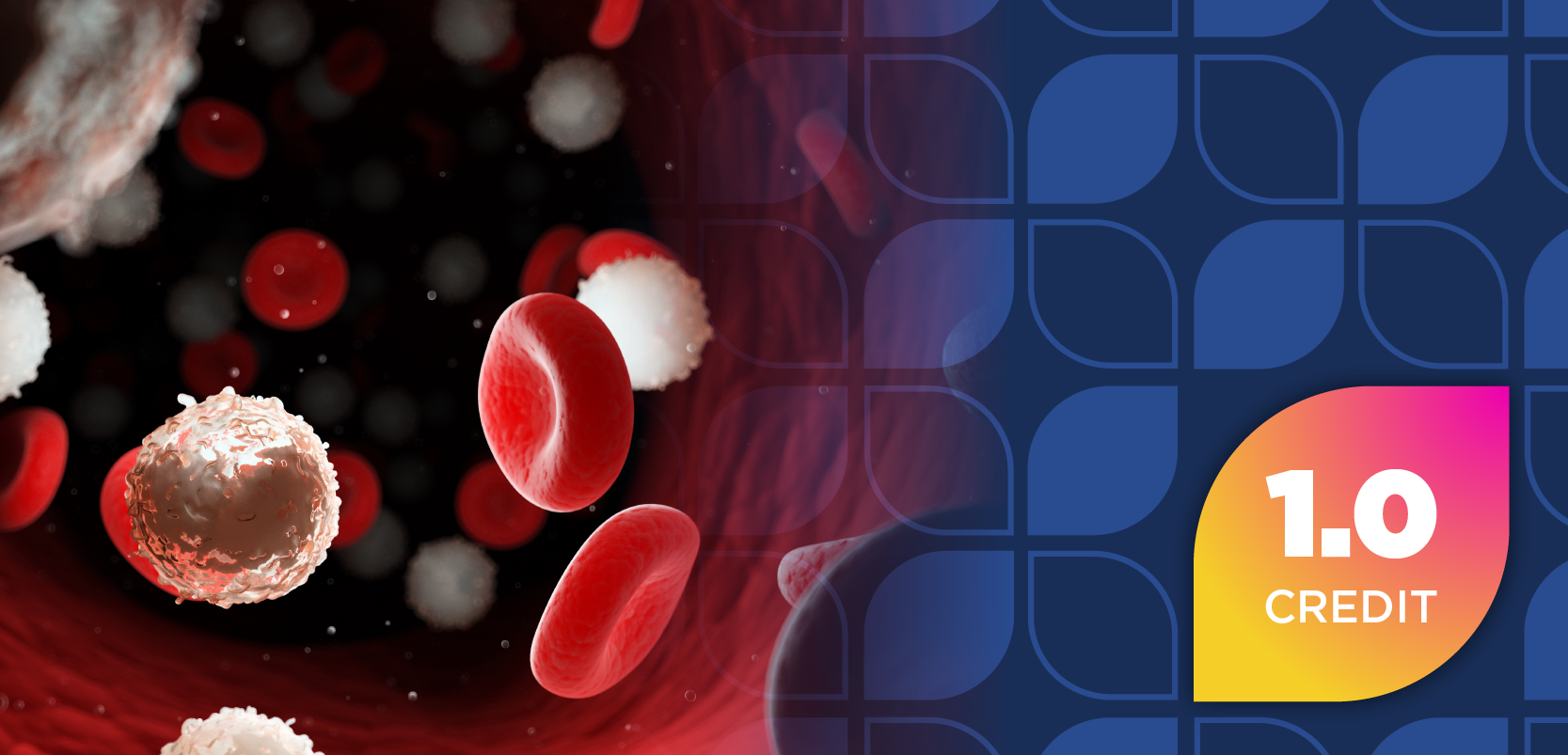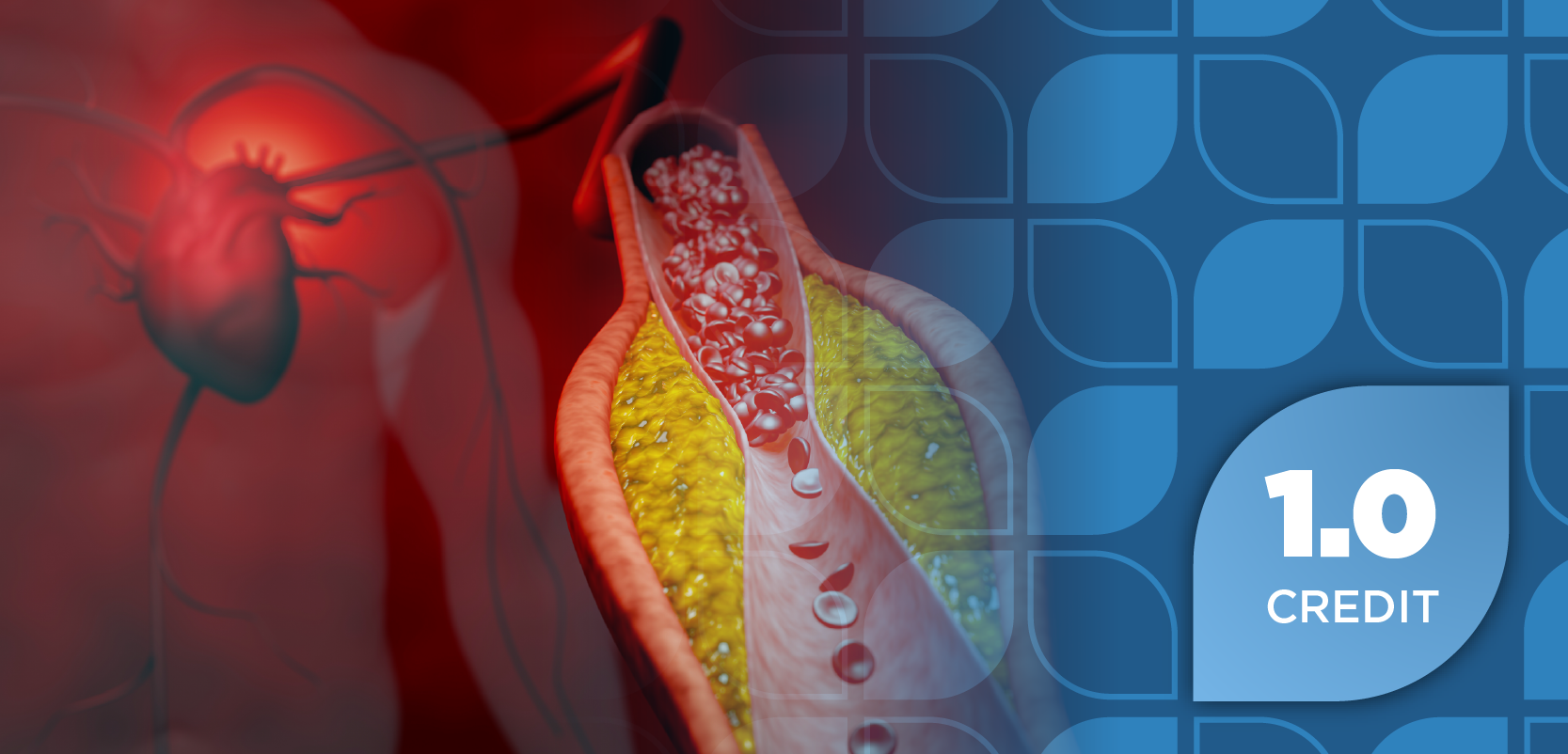
Benefits and Limitations in Current Treatment Pathways for Ovarian Cancer
A medical expert navigates clinical pathway considerations in the treatment of ovarian cancer.
Ryan Haumschild, PharmD, MS, MBA: There are always benefits to clinical pathways, but [there are] barriers as well. One of the benefits of clinical pathways is that you can make them through shared decision-making. You get the provider, the physician, the advanced practice practitioner, the community oncologist, the medical oncologist, the pharmacist, the pharmacy director, and the medical director, and getting those unique perspectives makes us stronger. Those diverse opinions, like diversity in the workforce and our patients, makes us better. That’s where we’ll drive appropriate treatment. At the end of the day, as we move toward a value-based environment for care and for outcomes, when you have best practices being adhered to through clinical pathways in order sets across the organization, the quality of care is going to rise. Your opportunity to perform well in that value-based environment is also going to go up.
But we have to recognize barriers. Some providers come in and do research, and they might have unique approaches to care. They might be innovative. You don’t want to stifle innovation, but sometimes it can feel that way. To get a new therapy approved that might not be on the pathway, there might be an extended period of review, which might increase the time of treatment for a new therapy. Those are things that we still have to solve and that can unfortunately lead to a delayed response within the pathway approach. Ultimately, we’re looking to solve that while creating that consistency of care in that shared decision-making in the review.
To be a leading cancer center, to be an integrated delivery network, and to be a great community oncology practice, you’ve always got to be aware of what’s coming down the pipeline. What are the new therapies? What are the new combination therapies? What are the line extensions? Our patients come to us to receive the best and timeliest care. By creating dashboards through this disease state and working groups, and by monitoring phase 2 and 3 trials, we can start to have an understanding. What therapy is coming forward? We have ASCO [American Society of Clinical Oncology Annual Meeting] coming up [in June]. What are some therapies or some literature that we feel is a unique mechanism of action or combination that’s going to provide a huge benefit in this space?
In the same regard, we’re always looking at new mutations and targeted therapies that we can also implement. How are we keeping up to speed on pharmacogenomics and precision medicine? Do we want to do a precision medicine panel in the front line? Do we want it to be reflective in later lines of therapy? We bring that information up to the disease-state working groups through a dashboard, so we’re evaluating the therapy before it’s FDA approved. We’re having these conversations. Then when it’s FDA approved and the package insert comes out, we can quickly evaluate, build it out, get the approval, have that recommendation in mind, and therefore decrease the time to utilize a new therapy. At the end of the day, that’s going to provide good comfort for patients, especially those who are transitioning from a clinical trial to commercial use. They’re still going to be able to have those great results in the commercial phase of care as they saw in the clinical trial.
Transcript edited for clarity.
Newsletter
Stay informed on drug updates, treatment guidelines, and pharmacy practice trends—subscribe to Pharmacy Times for weekly clinical insights.

